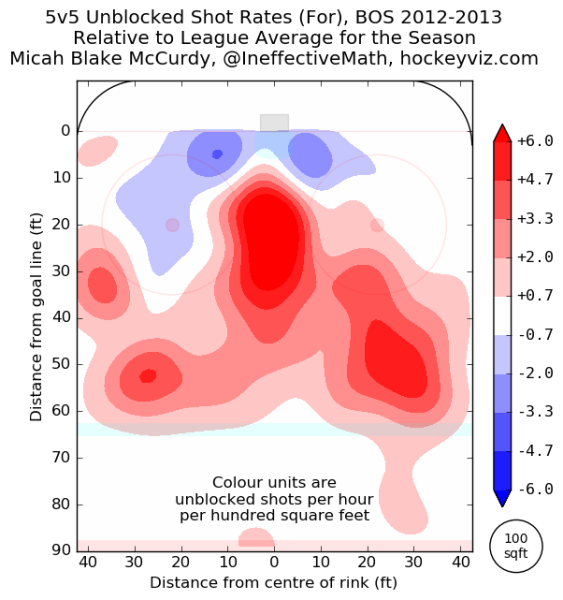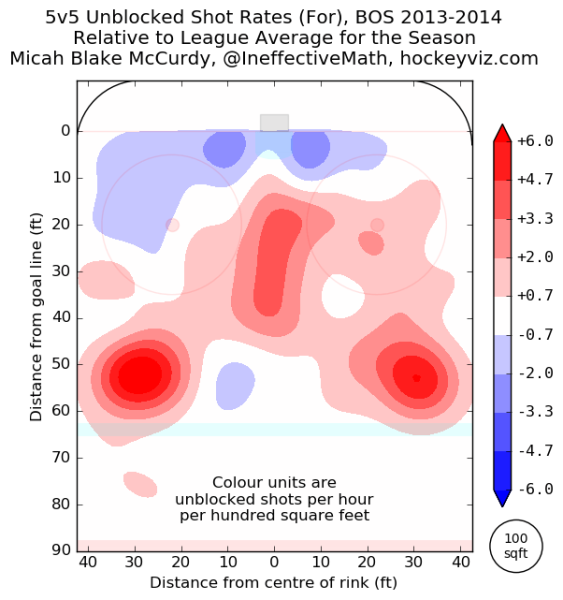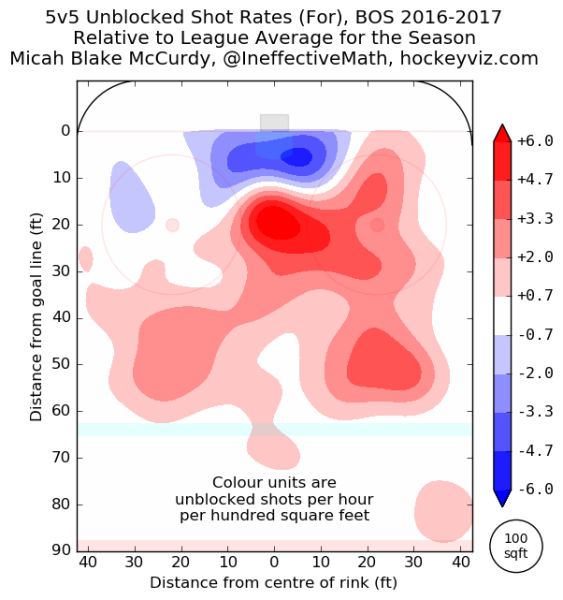
Any late season surge in Boston won’t be because of a new coach, it’ll be because a good team finally started getting some bounces.
Any late season surge in Boston won’t be because of a new coach, it’ll be because a good team finally started getting some bounces.
When a team fires a coach mid-season and the guy barely lasts a week on the unemployment block, they’ve probably just made a huge mistake.
Back in 2011, the Capitals made that mistake. They fired Bruce Boudreau after the team hit a rough patch, and he was subsequently hired just two days later by Anaheim. It took two other coaches and three seasons for the team to find themselves another coach of his calibre, a waste of the their best players’s prime years.
Last week, the Boston Bruins made that same mistake firing Claude Julien. He lasted exactly one week on the market before another team scooped him up. The fact it was the division leading Montreal Canadiens makes matters even worse as it points to how clear of an upgrade they thought Julien was over the guy who led them to the top.
Boston’s decision came down to results and expectations. From that standpoint, it’s clear why they did what they did. After making the Cup final in 2012-13 and winning the President’s Trophy in 2013-14, the Bruins missed the playoffs twice and were sure looking like they would make it three with a 26-23-6 record under Julien. Someone had to take the fall and with this being Julien’s 10th season as bench boss, maybe his voice was getting a bit stale.
I’m not sure I buy that though and it all comes down to what the Bruins are doing under the hood this year. The year after the President’s Trophy win, the team took a step back dropping from third in score-and-venue adjusted Corsi to 12th and then dropped to 17th the year after. This year, they’ve shot all the way back up to first, ahead of the perennial kings of this stat, the Kings. Their mark of 56 percent is the ninth best mark of any team since 2007-08. Ahead of them are two Detroit teams, three Chicago teams, and three Los Angeles teams – and also three Stanley Cups. No fired coaches either.
The team made a remarkable year-to-year jump, the results just weren’t there. The team has the lowest shooting and save percentage among those top teams, and that’s led to a dastardly low 46.3 percent goals ratio, a full 10 percent lower than their shot share and six percent lower than the worst of the eight juggernaut teams above them.
While goaltending is a concern, some of that is a result of how terrible their back-up goalies have been. You’d also figure that a world class goalie like Tuukka Rask will get his groove back. The real big issue is on offense where the team ranks 21st in goals per 60 at 5-on-5. While they may have the ninth best shot attempt rate since 2007-08, they’re also posting the sixth worst shooting percentage since 2007-08.
The obvious answer from most pundits is that the Bruins aren’t actually a good team due to their massive shot advantage because a majority of those shots are coming from the outside. It turns out they have a point. Take a look at this heat map from HockeyViz.com of all the shots the Bruins are taking this year to see for yourself. It might be a lot to take in, but basically, red means “hot spots” where the team shoots more than league average, while blue represents “cold spots” where the team is getting fewer chances.

Just as expected, a lot of red on the outside and a huge blue zone right in front of the –– wait, wrong picture. That’s actually the Bruins 2010-11 season where they won the Cup and had the second highest goal scoring rate at 5-on-5. My bad. Here’s this year.

Yep, there we go. A little better than 2010-11, but still, they’re not really getting to the front of the –– wait, that’s not it. That’s actually the Bruins 2012-13 season where they made it to the Cup final and had the ninth highest goal scoring rate at 5-on-5. My bad. Here’s this year.

Hmm, a lot fewer shots overall, but again, their biggest cold spot is right in front of the –– wait, I did it again. That’s actually the 2013-14 season where the Bruins won the President’s Trophy and had the third highest goal scoring rate at 5-on-5. My bad. Okay, here’s 2016-17, for real this time.

Remember that this offense is the 21st rated offence at 5-on-5. If anyone could point out how it differs from any time the Bruins had a top five or 10 offense the past few years, I’m all ears. There is a bit of a deeper contour in front of the net than other seasons, but not by much, and the red zone in front of the slot is a deeper red and much closer to the front of the net. That should all cancel out, and it does. By expected goals for, here’s how every season under Julien ranks.
2012-13: 2.71
2016-17: 2.63
2008-09: 2.56
2011-12: 2.51
2010-11: 2.49
2013-14: 2.45
2009-10: 2.39
2015-16: 2.31
2014-15: 2.26
2007-08: 2.14
This year, the Bruins should be having one of the most prolific offenses they’ve had in years, instead, they’re struggling. The idea they’re “not getting to the front of the net” is a bad excuse because it’s clear they either never really have, it’s never really mattered, or there’s a systemic bias in Boston to record fewer shots there. Whatever the case, it doesn’t hold water.
The Bruins offense hasn’t changed much, but the results have and Julien lost his job because of it. Some might say the Bruins Corsi doesn’t tell the whole story here, but even by expected goals they’re the league’s top team, and those teams rarely struggle to convert like this team has. I normally hesitate to use “luck” as a crutch to describe a team with poor results, but it’s hard to point the finger anywhere else.
If you’re still not convinced, here’s another way to look at it. I plotted every player’s personal shooting percentage (at 5-on-5) this season compared to the the three seasons prior. Unsurprisingly, nearly everyone is having a down year.

There’s a fair number of players here who were reliable scorers in the past that suddenly can’t put it in. These 19 players have 86 goals this year, but if they were as efficient as they were before this season, they’d be at 111 collectively. If you look at expected shooting percentage that number drops a little to 104, but their expected shooting percentage is actually higher than it was in the previous three seasons. It’s hard to imagine all these guys suddenly forgot how to score, but that’s the reality if you think these results have nothing to do with luck.
Eventually, things should revert back to normal and they’ll start scoring at their normal rates again. With the way the Bruins control play, that’ll likely mean more wins down the stretch and it may be enough for a playoff spot (we think they’ve got a 70 percent shot at the moment). If they make it, they’re a dark horse team in the East, especially in a weak Atlantic. That is, if they keep playing as well as they did under Julien.
Whatever happens though, any team success will come back to the coaching change as a turning point. Make no mistake though, they likely would’ve turned it around anyways. Any late season surge won’t be because of a new coach, it’ll be because a good team finally started getting some bounces. The Bruins won’t be a good team now because they fired Julien -- they already were one.
data via corsica.hockey
